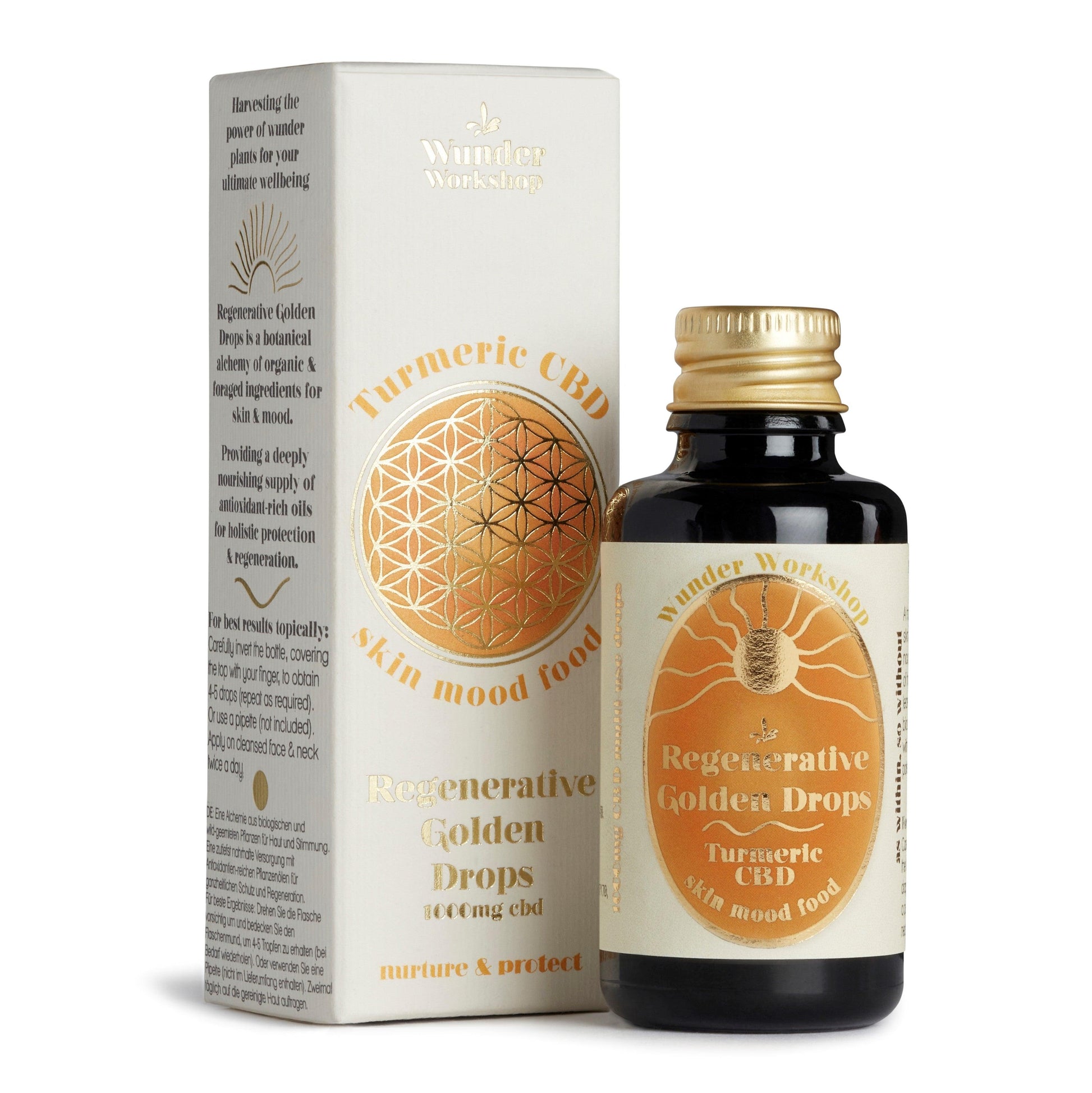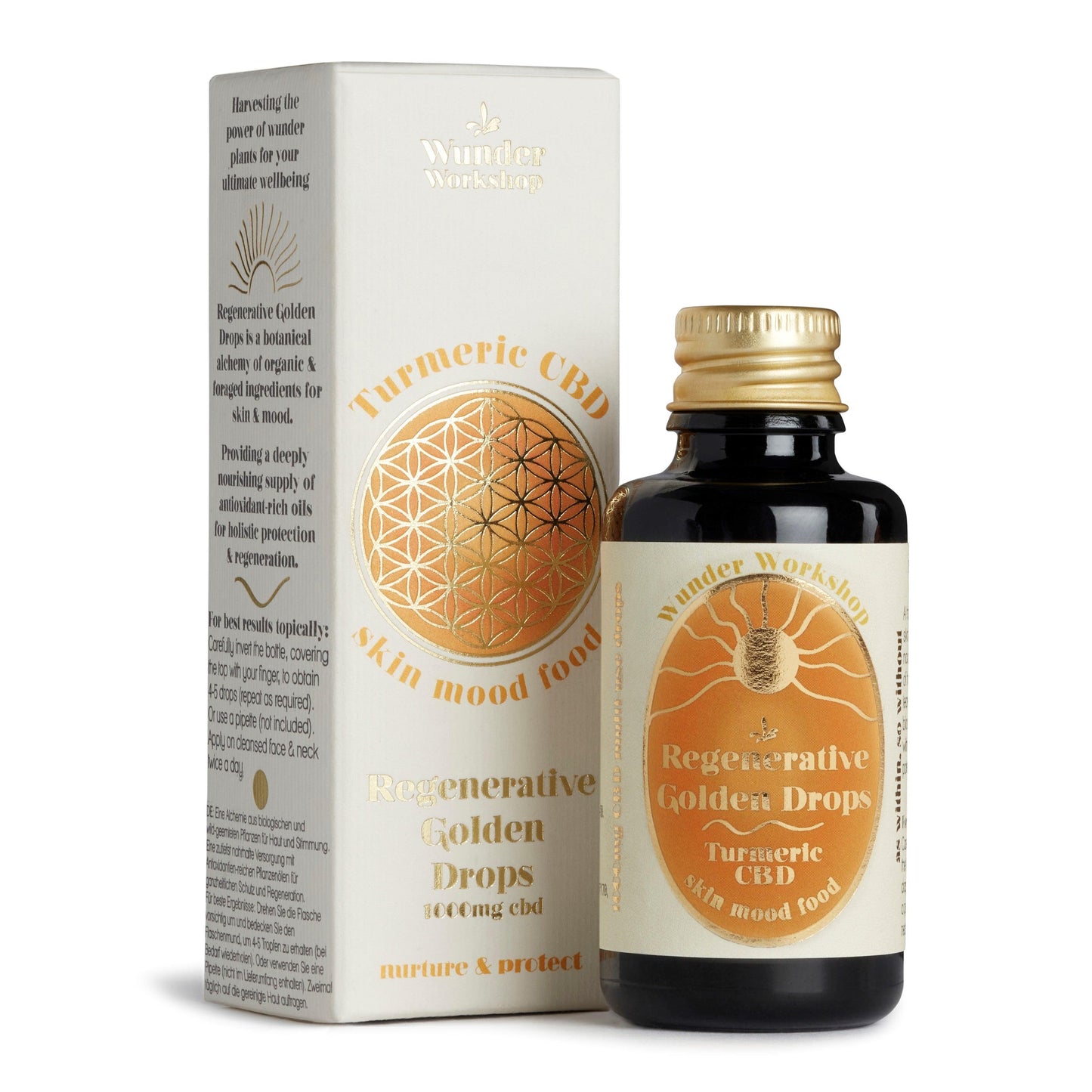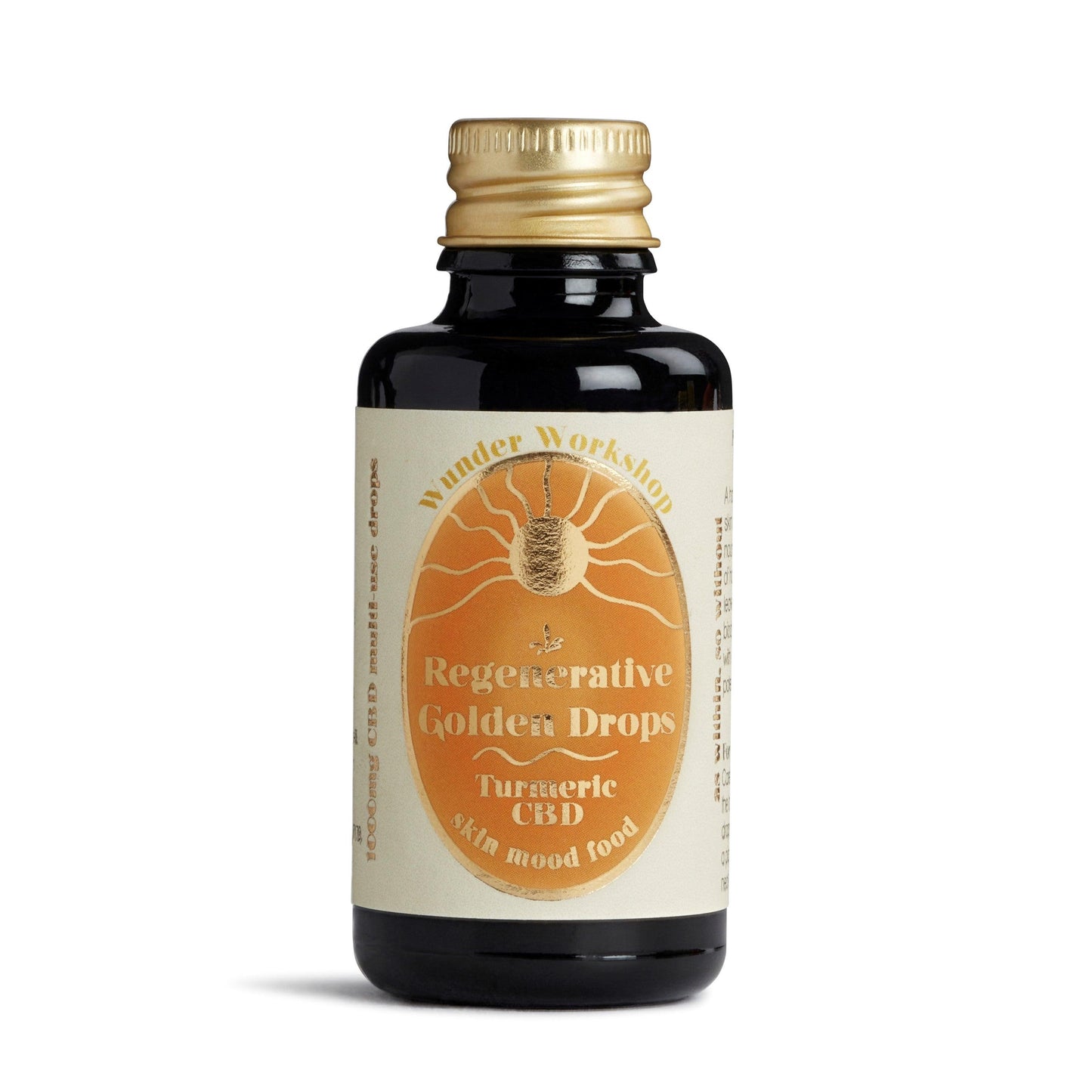Did you know that we already have a whole system in place within our bodies that is able to communicate with cannabis? This is our Endocannabinoid System (ECS). What’s fascinating is that all vertebrates express elements of the ECS in their body, showing how ancient and vital this system is to our wellbeing and the wellbeing of many other organisms.
The ECS is understood to play a role in contributing to some of our most relaxed states, described in 1998 as “relax, eat, sleep, forget and protect” [1]. When this complex system is out of balance it has been shown to contribute to diseased states [2].
What first caught my attention with turmeric back in 2014 was the amount of emerging science supporting its benefits that had been claimed for centuries in Ayurvedic texts. With the scientific understanding of our ECS rapidly developing, there is still much to learn from cannabis and CBD. I wanted to take a closer look at recent research into the ECS to paint a picture of what is currently believed to happen.
The two predominant components of the ECS are CB1 and CB2 receptors that are largely distributed separately and because of this have different effects:

We have naturally occurring chemicals in our body that act at these receptors and these signalling molecules are our “endocannabinoids”. Most prominent of these are Anandamide and 2-AG. Anandamide, as I’ve touched on in previous posts, is our bliss molecule and is linked to euphoric feelings we have like coming in from the cold. 2-arachidonylglycerol (2-AG) is subtly different and linked to sensations of contentedness.
So, where do CBD and THC fit into all of this? They are what’s known as “phyto-cannabinoids”, meaning they originate from outside the body. Whilst, THC’s actions mimic both anandamide and 2-AG [3], CBD plays an interesting role by modifying the receptors ability to bind to other cannabinoids. It has been shown to decrease THC’s ability to bind to CB1 receptors, lessening its intoxicating effect. In doing so, it is regarded as being able to re-start our endocannabinoid system, helping to establish homeostasis of the entire system [4].
Just as important are the many other ways that CBD has been shown to impact our body. The many therapeutic properties include anxiolytic, antidepressant, antipsychotic, anticonvulsant, anti‐nausea, antioxidant, anti‐inflammatory, anti‐arthritic and antineoplastic [5].
The number of endo and phyto-cannabinoids identified continues to grow and their ability to impact this system gets more complex like the roots of an ever-growing tree. It’s clear that this will be an exciting area of research for years to come.
Find out more about our 500mg and 1000mg Turmeric x CBD blends.
References
|
[1] |
M. D. B. T. D. P. L. Di Marzo V, "Endocannabinoids: endogenous cannabinoid receptor ligands with neuromodulatory action.," Trends Neurosci , vol. 21, pp. 521-528, 1998. |
|
[2] |
R. EB, "Clinical endocannabinoid deficiency (CECD): can this concept explain therapeutic benefits of cannabis in migraine, fibromyalgia, irritable bowel syndrome and other treatment‐resistant conditions?," Neuro Endocrinol Lett, vol. 25, pp. 31-39, 2004. |
|
[3] |
F. E. D. M. V. Mechoulam R, "Endocannabinoids," Eur J Pharmacol, vol. 359, pp. 1-18, 1998. |
|
[4] |
G. G. McPartland JM, "The evolution of Cannabis and coevolution with the cannabinoid receptor – a hypothesis.," Royal Society of Pharmacists, pp. 71-102, 2004. |
|
[5] |
D. M. D. M. V. P. R. McPartland JM, "Are cannabidiol and Δ9‐tetrahydrocannabivarin negative modulators of the endocannabinoid system? A systematic review," British Journal of Pharmacology, vol. 172, no. 3, pp. 737-753, 2014. |
|
[6] |
S. M. A. S. K. M. I. P. S. D. P. L. e. Ligresti A, "Antitumor activity of plant cannabinoids with emphasis on the effect of cannabidiol on human breast carcinoma.," J Pharmcol Exp Ther, vol. 318, p. 1375–1387, 2006. |










